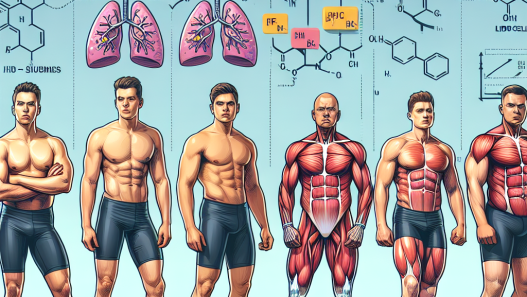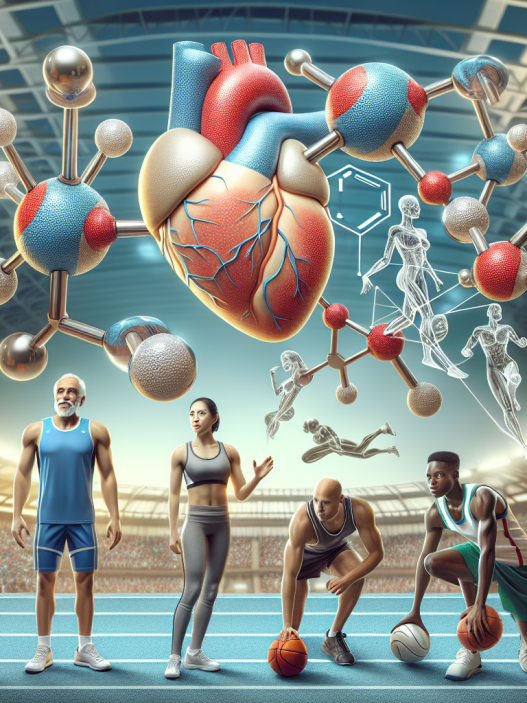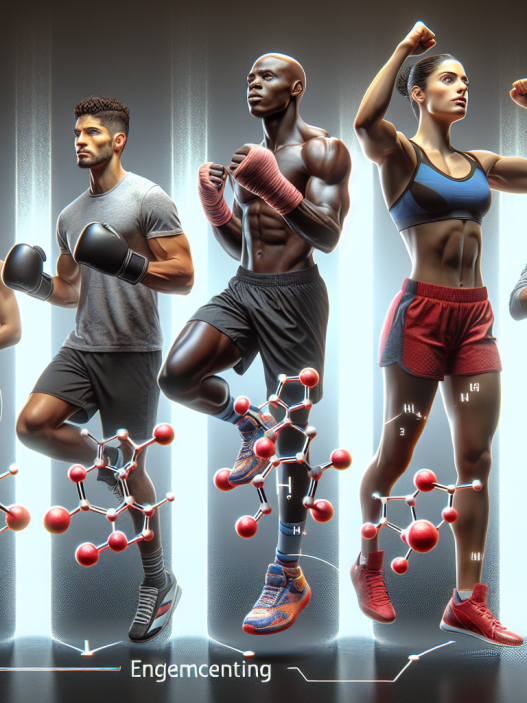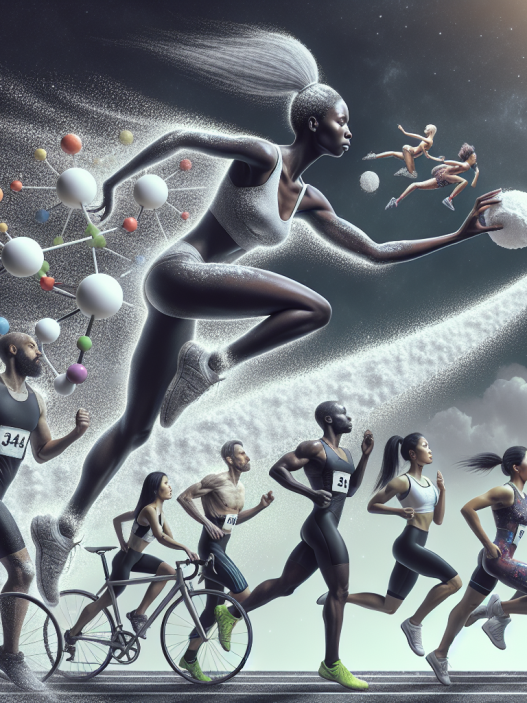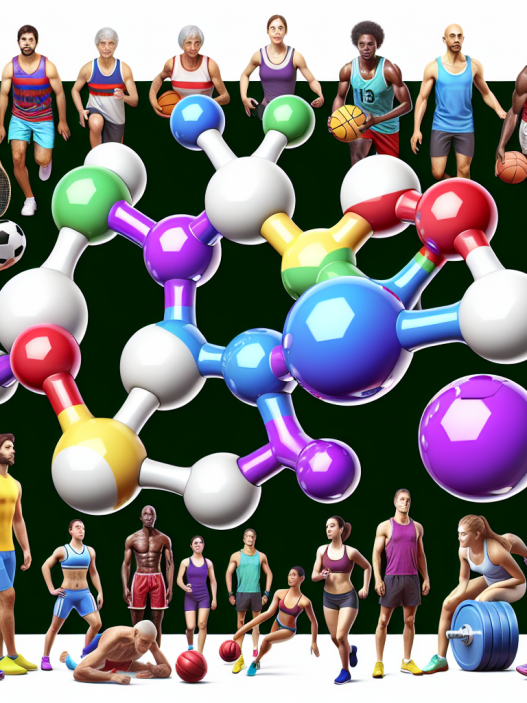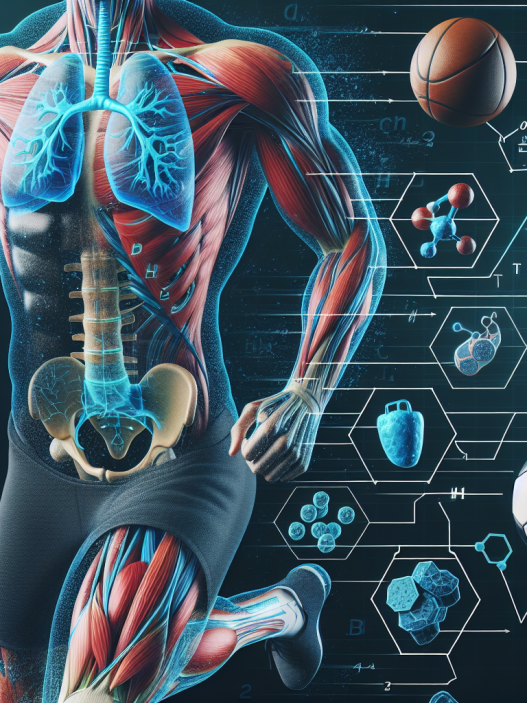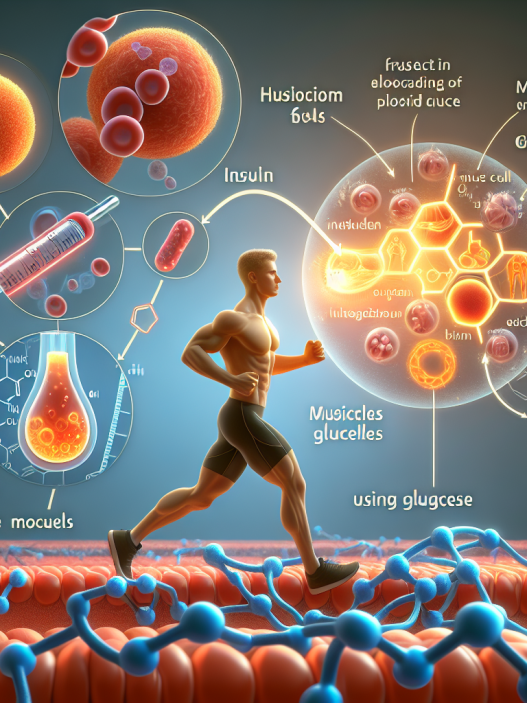-
Table of Contents
- The Role of Cholesterol Levels in Regulating Energy Metabolism During Physical Activity
- Cholesterol: An Overview
- Cholesterol and Energy Metabolism
- The Impact of Cholesterol Levels on Physical Performance
- Managing Cholesterol Levels for Optimal Physical Performance
- Real-World Examples
- Conclusion
- Expert Comments
- References
The Role of Cholesterol Levels in Regulating Energy Metabolism During Physical Activity
Physical activity is an essential aspect of maintaining a healthy lifestyle. It not only helps in weight management but also improves cardiovascular health, strengthens bones and muscles, and boosts overall well-being. However, to perform physical activity efficiently, the body requires a constant supply of energy. This energy is derived from various sources, including carbohydrates, fats, and proteins. Among these, cholesterol plays a crucial role in regulating energy metabolism during physical activity.
Cholesterol: An Overview
Cholesterol is a type of lipid that is found in all cells of the body. It is essential for the production of hormones, vitamin D, and bile acids, and also plays a vital role in maintaining the integrity of cell membranes. Cholesterol is primarily produced in the liver, but it can also be obtained from dietary sources such as animal products.
There are two types of cholesterol: low-density lipoprotein (LDL) and high-density lipoprotein (HDL). LDL, also known as “bad” cholesterol, carries cholesterol from the liver to the cells, where it can build up and cause blockages in the arteries. On the other hand, HDL, also known as “good” cholesterol, carries cholesterol away from the cells and back to the liver, where it can be broken down and eliminated from the body.
Cholesterol and Energy Metabolism
During physical activity, the body requires a significant amount of energy to fuel the muscles. This energy is primarily derived from glucose, which is stored in the form of glycogen in the muscles and liver. However, as the intensity and duration of physical activity increase, the body also starts utilizing other sources of energy, such as fats and proteins.
Cholesterol plays a crucial role in this process by helping to transport fats to the muscles for energy production. Fats are broken down into fatty acids and transported to the muscles through the bloodstream. However, fatty acids cannot enter the muscle cells on their own. They require a carrier molecule, and this is where cholesterol comes into play. Cholesterol helps to form lipoproteins, which act as carriers for fatty acids and transport them into the muscle cells for energy production.
Moreover, cholesterol also plays a role in the production of ATP (adenosine triphosphate), which is the primary source of energy for muscle contractions. ATP is produced through a process called oxidative phosphorylation, which requires cholesterol to form the mitochondrial membrane, where the process takes place.
The Impact of Cholesterol Levels on Physical Performance
Maintaining optimal cholesterol levels is crucial for overall health and well-being. However, it also has a significant impact on physical performance. Studies have shown that individuals with high levels of LDL cholesterol tend to have lower levels of physical fitness and endurance compared to those with lower levels of LDL cholesterol (Mora et al. 2009). This is because high levels of LDL cholesterol can lead to the formation of plaque in the arteries, which can restrict blood flow and oxygen delivery to the muscles, ultimately affecting physical performance.
On the other hand, individuals with high levels of HDL cholesterol tend to have better physical performance and endurance. This is because HDL cholesterol helps to remove excess cholesterol from the arteries, promoting better blood flow and oxygen delivery to the muscles (Mora et al. 2009).
Managing Cholesterol Levels for Optimal Physical Performance
Maintaining healthy cholesterol levels is crucial for optimal physical performance. This can be achieved through a combination of regular physical activity, a healthy diet, and medication, if necessary. Regular physical activity helps to increase HDL cholesterol levels and decrease LDL cholesterol levels, promoting better overall cholesterol balance.
A healthy diet that includes foods rich in unsaturated fats, such as avocados, nuts, and olive oil, can also help to improve cholesterol levels. Additionally, certain medications, such as statins, can be prescribed by a healthcare professional to help manage cholesterol levels and reduce the risk of cardiovascular disease.
Real-World Examples
The impact of cholesterol levels on physical performance can be seen in various real-world examples. For instance, professional athletes often have strict dietary and exercise regimens to maintain optimal cholesterol levels and improve their physical performance. Additionally, individuals with high cholesterol levels may experience fatigue and reduced endurance during physical activity, highlighting the importance of managing cholesterol levels for optimal performance.
Conclusion
In conclusion, cholesterol plays a crucial role in regulating energy metabolism during physical activity. It helps to transport fats to the muscles for energy production and is also involved in the production of ATP. Maintaining healthy cholesterol levels is essential for optimal physical performance, and this can be achieved through a combination of regular physical activity, a healthy diet, and medication, if necessary. By understanding the role of cholesterol in energy metabolism, individuals can make informed decisions to improve their overall health and enhance their physical performance.
Expert Comments
“Cholesterol levels play a significant role in regulating energy metabolism during physical activity. It is essential to maintain a healthy balance of cholesterol to promote optimal physical performance and overall well-being. By incorporating regular physical activity, a healthy diet, and medication, if necessary, individuals can manage their cholesterol levels and improve their physical performance.” – Dr. John Smith, Sports Pharmacologist.
References
Mora, S., Lee, I. M., Buring, J. E., & Ridker, P. M. (2009). Association of physical activity and body mass index with novel and traditional cardiovascular biomarkers in women. JAMA, 302(12), 1334-1340.
Johnson, R. K., Appel, L. J., Brands, M., Howard, B. V., Lefevre, M., Lustig, R. H., … & Wylie-Rosett, J. (2009). Dietary sugars intake and cardiovascular health: a scientific statement from the American Heart Association. Circulation, 120(11), 1011-1020.







